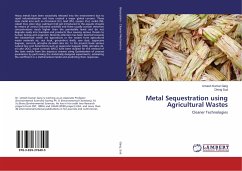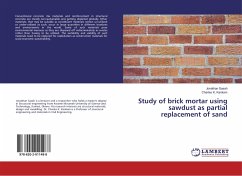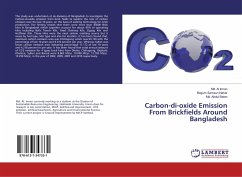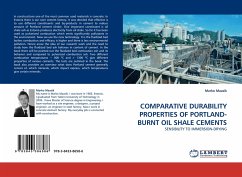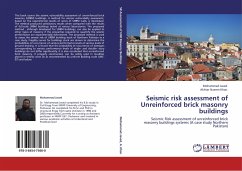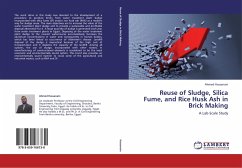The groundwater of Kathmandu Valley in Nepal contains very high concentration of ammonia nitrogen which is in excess of WHO guideline value for drinking water. This study mainly focuses on the removal of ammonia nitrogen in water by adsorption in locally available over burnt brick. The study was carried out in a 4.2cm internal diameter column of 120 cm length packed with over burnt brick in up flow mode. The study showed that the ammonia nitrogen removal rate increased with increase in contact time which decreased with time until steady state condition is attained .The contact time varied from 4 hours to 9.5 hours for different particle sizes. The optimal value of adsorption rate constant was found as 0.1097 for particle size of 0.850-0.600mm at corresponding contact time of 7 hours. The adsorption data appears to fit the Freundlich's isotherm. The fixed bed adsorption operation indicated that the ammonia nitrogen is the function of service time, bed depth and flow. Linear regression model showing correlation of these parameters has been developed.
Bitte wählen Sie Ihr Anliegen aus.
Rechnungen
Retourenschein anfordern
Bestellstatus
Storno


